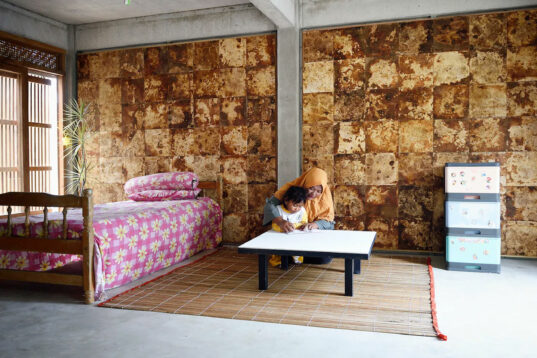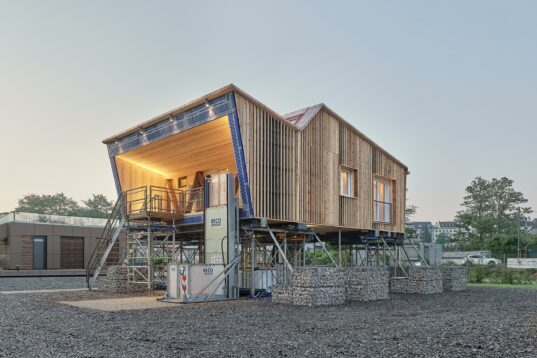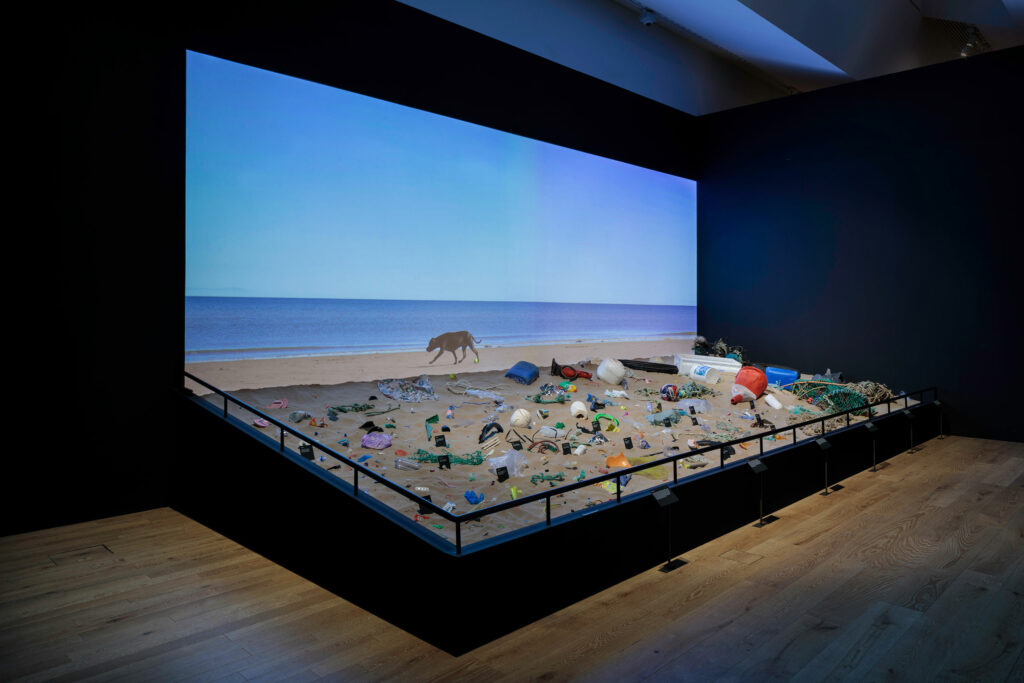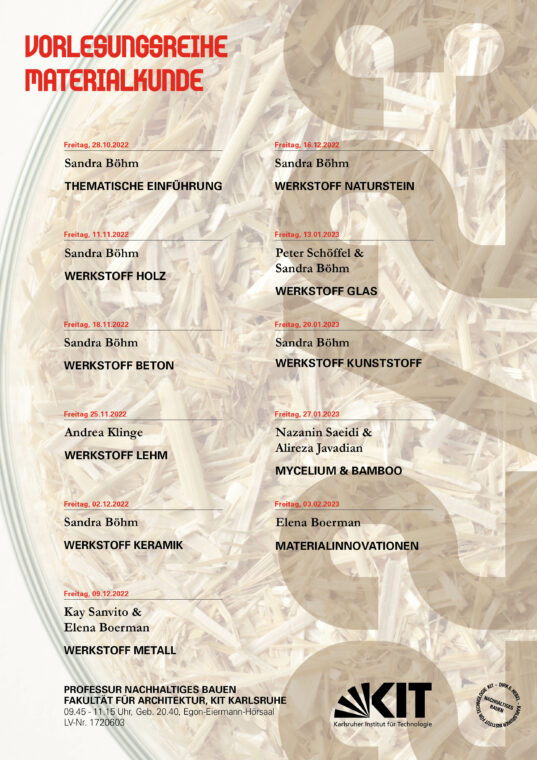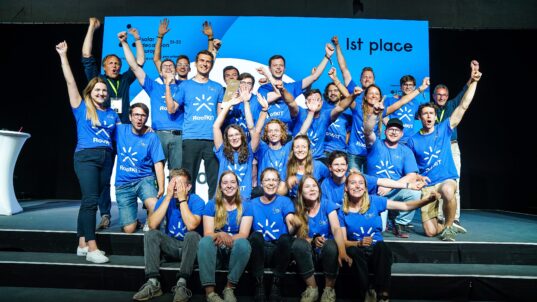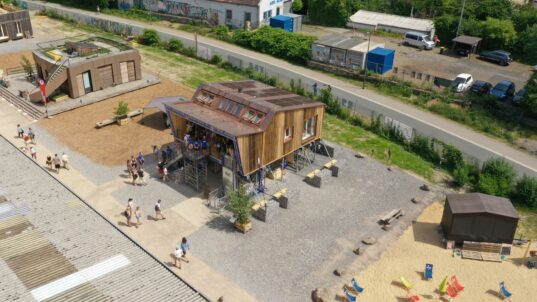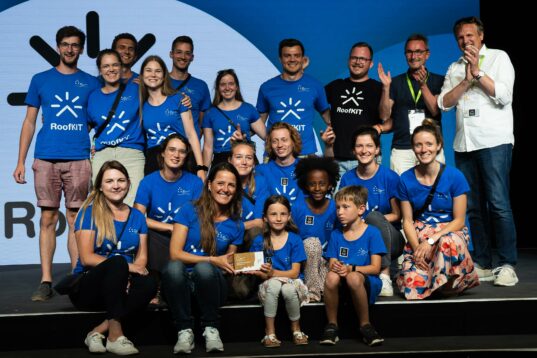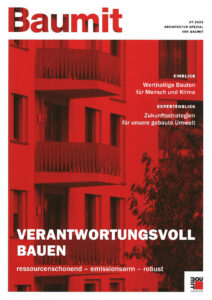Design Studio Master: maKITlab!
A new digital workshop for the KIT Faculty of Architecture

The Faculty of Architecture at KIT urgently needs a new digital workshop. Funds are being made available by KIT for this purpose in order to go into realisation following the semester.
The semester task is to further design, plan and realise a circular replacement building as a digital experimental workshop between the buildings 11.40 and 20.40. The aim is to build a new digital workshop. At the end of the semester, a first building block is to be presented as a real-built mockup with the help of digital tools.
The aim is to provide students with a creative and functional space for digital mockup construction, offering sufficient space for cutting plotters, laser cutters and 3D printers.
The design will be published by the Sustainable Building Professorship together with the Digital Design and Fabrication (DDF) Professorship and the Design of Structures (dos) Professorship. In addition, a professional planning team consisting of the building owner and specialist planners will support the design with their expertise.
Lecturers:
Prof. Dirk Hebel, Manuel Rausch, Katharina Blümke, Prof. Riccardo La Magna, David Largueche, Prof. Moritz Dörstelmann
First meeting: 20.04.23
Regular date: Thursday, 10:00 a.m., Building 11.40, R 26
Number of participants: 15 + 3 Erasmus (group work)








